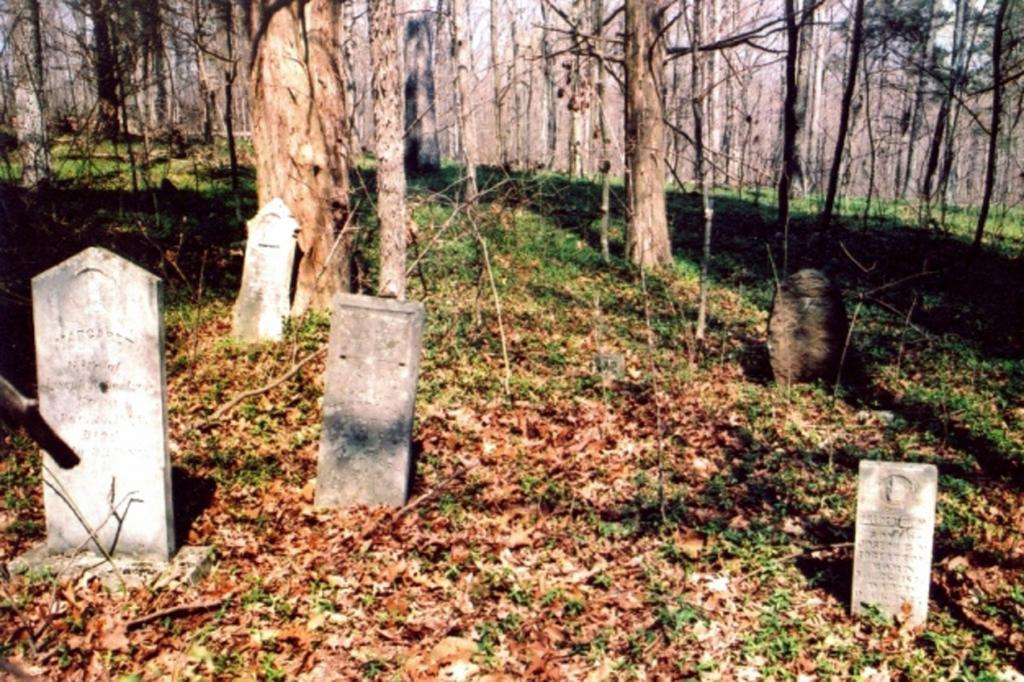James ROBERTSON
SAR Patriot #:
P-280180
The following information was assembled from numerous sources and cannot be used directly as proof of Qualifying Service or Lineage.
It is considered a research aid and is intended to assist in locating sources that can be used as proof.
State of Service: VA
Qualifying Service: Private
DAR #: A097240
Birth: abt 1759 / Albemarle / VA
Death: abt 1836 / Breckinridge / KY
Qualifying Service Description:
- Private and Indian Spy, Garrard Co, KY
- Captain John Kennedy, Lieutenant William Moore, Ensign Joseph Kennedy, 1780
Additional References:
- SAR Patriot Index Edition III (CD: PP2210, Progeny Publ, 2002) plus data to 2004
- Obituary, John M Robertson, Osborne Co Farmer, Osborne, KS
- Pension Declaration
Spouse: Elizabeth Nicholson
Children: Samuel; Andrew;
Members Who Share This Ancestor
| Date Approved | Society | ACN | SAR Member Info | Lineage via Child | View Application Detail | |
|---|---|---|---|---|---|---|
| 1979-09-21 | NY | Unassigned | John Franklin Robertson (115988) | Andrew | ||
| 1989-08-31 | IN | 219869 | Thomas Gerald Herwer (133442) | Andrew | ||
| 2008-11-05 | TX | 33305 | Terry Wayne Parten (172757) | Samuel | ||
| 2016-08-23 | IL | 70163 | George Thomas Gillespie USA (176933) | Samuel |
Location:
Lodiburg / Breckinridge / KY / USA
Find A Grave Cemetery #:
Marker Type:
SAR Grave Dedication Date:
Comments:
Directions to Cemetery / Gravesite:
